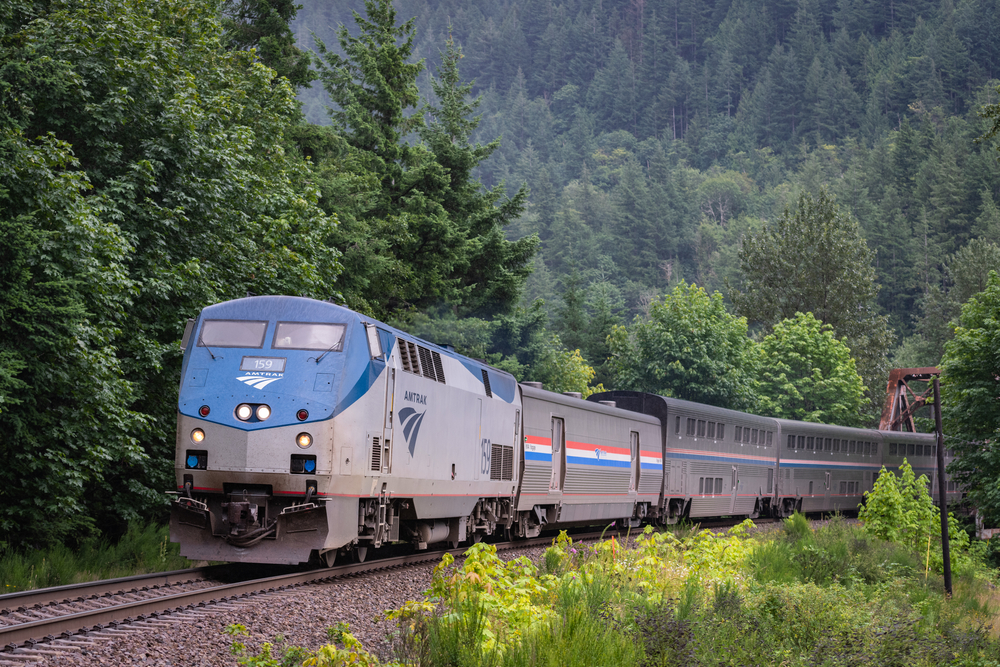Amtrak Comms Were Tried and True, Though Tardy

Amtrak’s communications in response to a horrific derailment Saturday seemed to follow some sort of plan. The messages are instructive for crisis communicators in that they cover the basics. But the national train service, as far was we can tell, waited too long to publicly address the tragedy and then did so by rote.
On Sept. 25, the Empire Builder (pictured), was westbound from Chicago when eight of its 10 cars derailed just before 4 p.m. local time near Joplin, Montana. Of the 146 passengers and 16 crew members aboard, three died and about 50 were injured, with seven sent to the hospital. The derailment’s cause is as yet unknown.
Amtrak first tweeted out a statement at 8 p.m. Montana time — a four-hour delay. That seems fairly inexcusable. But the statement itself checked all the boxes. It expressed empathy in its first sentence: “We are deeply saddened to learn local authorities are now confirming that three people have lost their lives as a result of this accident.” It provided basic details on what happened. And it showed the company acting: Amtrak personnel were helping transport the injured to get care, and company leaders were on their way to the scene.
Track owner BNSF Railway also put out a press release.
'In Mourning'
The next day, Sunday, Sept. 26, at 2:31 p.m. Montana time — almost 24 hours after the incident — Amtrak tweeted a statement from its CEO, Bill Flynn. Again, it took too long, but — again — it was a decent statement, with empathy in the first sentence (“We are in mourning today for the people who lost their lives due to the derailment…”) and elsewhere (“We have no words that can adequately express our sorrow for those who lost a loved one or who were hurt in this horrible event”).
Flynn hit other right notes: He said Amtrak was cooperating with the investigation (but wouldn’t comment further until it was completed); noted that the company had set up a family-assistance center in Great Falls, Montana; and thanked first responders.
UPDATE: Statement on Empire Builder derailment near Joplin, MT including service and hotline information: https://t.co/h6ITj35sn4
— Amtrak Alerts (@AmtrakAlerts) September 26, 2021
Amtrak had an update the next day. It repeated a lot of stuff from Flynn’s statement, but started with what appears to be its main purpose: to announce that Flynn and other high-level company officials were in Montana. A CEO traveling to the scene of a crisis is typically (not always) a smart move. We’re reminded of the 2018 incident in which Starbucks CEO Kevin Johnson traveled to Philadelphia when there was a racial crisis in a store there.
The crisis communications concerning this event will continue. For one thing, a lawsuit has already been filed: The wife of an Illinois man killed in the accident sued Amtrak on Tuesday for negligence and infliction of emotional distress.
Photo Credit: Ian Dewar Photography/Shutterstock
Sign up for our free weekly newsletter on crisis communications. Each week we highlight a crisis story in the news or a survey or study with an eye toward the type of best practices and strategies you can put to work each day. Click here to subscribe.




 Back to Blog
Back to Blog